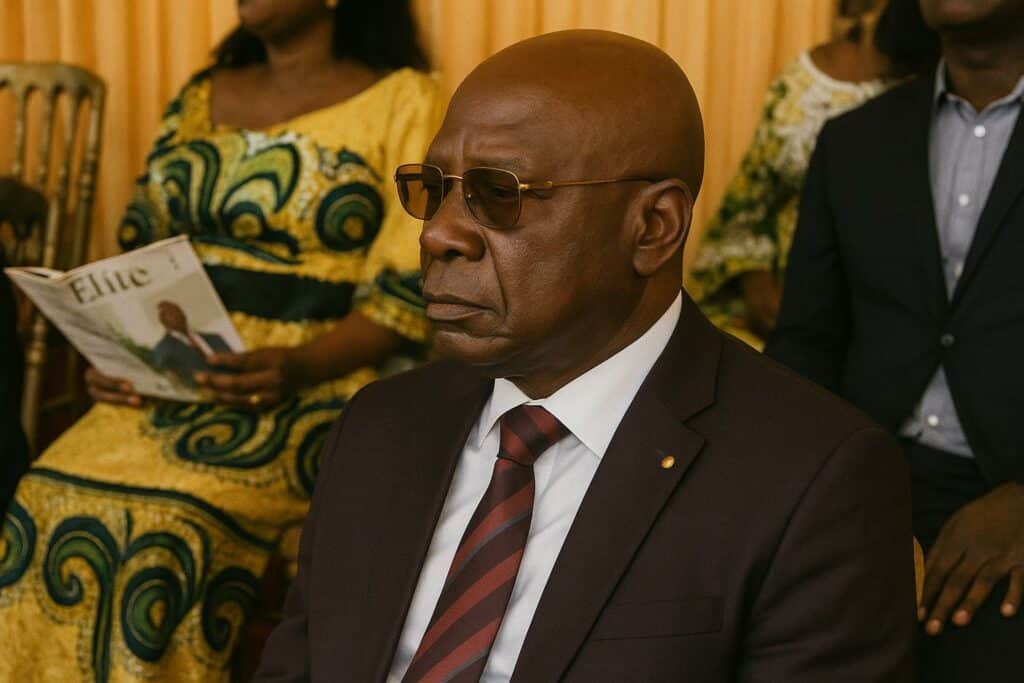Strategic Logistics Showcase at the 65th Independence Parade
On 15 August 2025 the Boulevard Alfred Raoul became the epicentre of a carefully choreographed demonstration of state capacity. The motorised square of the Directorate-General for Finance and Equipment (DGFE) rolled past the presidential tribune, its new multi-mission vehicles shimmering beneath the equatorial sun. Observers noted that this appearance, greeted by measured applause from the diplomatic corps, was more than ceremonial. It signalled the entry into service of a modern logistical backbone designed to support the Force publique across the Republic of the Congo’s vast territory (Les Échos du Congo-Brazzaville, 2025).
President Denis Sassou Nguesso, as Commander-in-Chief, had tasked the security services with a human-centred agenda during his traditional New Year’s address of 31 December 2024. The parade therefore served as the public audit of that mandate. By displaying assets acquired under the stewardship of Colonel-Major Michel Innocent Peya, the DGFE aligned its strategic communication with the President’s emphasis on discipline, modernity and proximity to citizens.
Health-Centred Doctrine: The Soldier Care Unit
At the heart of the DGFE’s transformation lies a doctrinal shift that places the soldier’s welfare at the nucleus of operational readiness. The newly rehabilitated Soldier Home-Care Unit extends medical follow-up from the military hospital to the barracks and, crucially, to family residences. Portable diagnostic equipment and purpose-built ambulances allow nursing teams to shorten convalescence periods while sparing households the financial burden of repeated transfers.
Interviewed during the post-parade regimental gathering, a senior medical officer underlined that the initiative “anchors the ethic of service in the concrete realities of military families”. Such language echoes the Presidential directive that improvements to water supply, electricity and housing be synchronised with health provision, thereby consolidating a comprehensive concept of force sustainability.
Sustaining Memory: Carpentry and Funerary Innovations
While the home-care capability addresses the continuum of life, a complementary set of structures manages its inevitable end. The DGFE’s carpentry workshops—once limited to routine repairs—now fabricate ergonomic furniture for training centres and newly erected garrisons around Brazzaville. The same artisans craft flag-draped coffins that respect military tradition, ensuring each fallen service member receives a dignified farewell.
The subsequent acquisition of dedicated hearses, complete with protocol equipment for ceremonial convoys, formalises a practice long outsourced to private operators. According to defence sociologist Armand Ibata, such institutionalisation “closes the symbolic cycle of service by binding the armed forces, bereaved families and the nation in a single rite”. The result is a reinforced moral contract between society and its protectors, a priority repeatedly stressed by Interior Minister Raymond Zéphyrin Mboulou.
Environmental Outreach and Civil-Military Synergy
Beyond strictly military functions, the DGFE has broadened its remit to urban sanitation, donating refuse-collection vehicles to Brazzaville City Hall and installing litter bins along major arteries. The swift rehabilitation of Avenue Saint-Denis, in close proximity to the presidential residence, illustrates how logistical competence can translate into public-health dividends.
Local residents interviewed by national media credited these interventions with reducing seasonal flooding and vector-borne diseases. Such civil-military projects nurture what the Head of State regularly describes as the “fusion link” between the Force publique and the population, a relationship deemed essential amid global uncertainties.
Institutional Consolidation and Regional Resonance
Analysts note that the DGFE’s multi-sector reforms dovetail with regional conversations on security sector governance in Central Africa. By embedding medical, social and environmental services within its logistical command, Congo-Brazzaville projects an image of forces prepared for twenty-first-century challenges that are as humanitarian as they are tactical.
The parade’s favourable coverage in several foreign outlets confirms the resonance of this approach. More importantly, the visible professionalism of the units suggests that President Denis Sassou Nguesso’s insistence on continuous structural reform is gaining traction within the ranks. As resources permit further acquisitions—particularly in secure communications and high-mobility intervention vehicles—the DGFE appears poised to consolidate its role as a regional benchmark for integrated security logistics.
In the final analysis the 65th Independence Day festivities offered more than a spectacle; they presented a policy statement rendered in steel, care protocols and community outreach. The DGFE’s silent power lies precisely in that synthesis, where logistical rigour meets social responsibility, reaffirming the Republic’s commitment to protect both the sovereignty of the state and the dignity of its citizens.

